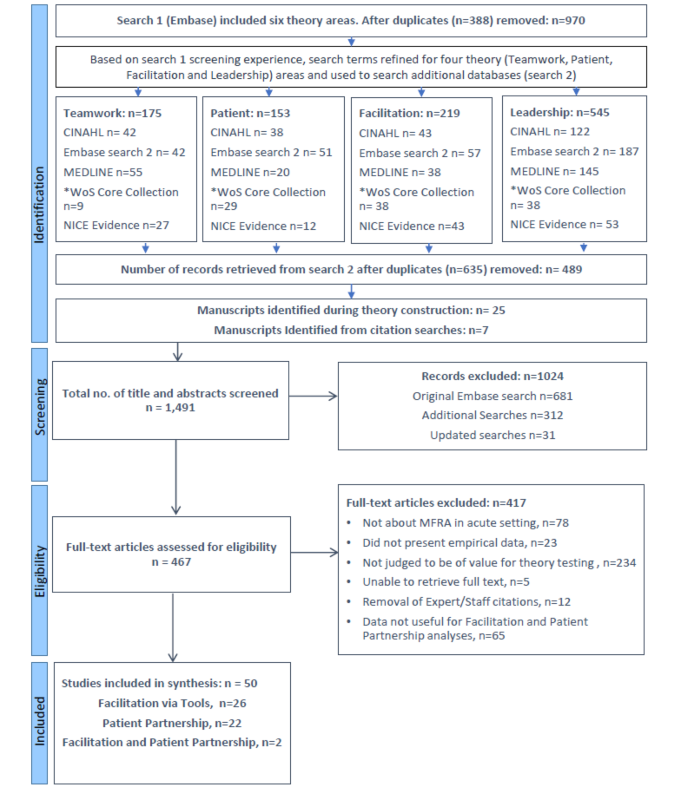The Ultimate Guide To Dementia Fall Risk
The Ultimate Guide To Dementia Fall Risk
Blog Article
The Ultimate Guide To Dementia Fall Risk
Table of ContentsThe Main Principles Of Dementia Fall Risk Rumored Buzz on Dementia Fall RiskOur Dementia Fall Risk StatementsHow Dementia Fall Risk can Save You Time, Stress, and Money.
An autumn danger analysis checks to see just how most likely it is that you will certainly fall. It is mainly done for older adults. The evaluation usually consists of: This consists of a series of inquiries concerning your general health and wellness and if you've had previous falls or issues with balance, standing, and/or walking. These devices check your stamina, balance, and gait (the method you stroll).Treatments are suggestions that might reduce your risk of dropping. STEADI consists of three steps: you for your danger of falling for your danger variables that can be improved to try to avoid falls (for example, equilibrium troubles, damaged vision) to reduce your danger of dropping by using efficient methods (for instance, offering education and resources), you may be asked a number of inquiries including: Have you dropped in the previous year? Are you fretted regarding falling?
If it takes you 12 seconds or even more, it might suggest you are at greater threat for a loss. This test checks strength and balance.
The settings will obtain more difficult as you go. Stand with your feet side-by-side. Move one foot halfway forward, so the instep is touching the large toe of your various other foot. Relocate one foot fully in front of the various other, so the toes are touching the heel of your various other foot.
Unknown Facts About Dementia Fall Risk
The majority of falls happen as a result of several adding aspects; as a result, taking care of the danger of falling starts with identifying the elements that contribute to fall danger - Dementia Fall Risk. Several of the most pertinent risk variables include: Background of previous fallsChronic clinical conditionsAcute illnessImpaired gait and balance, lower extremity weaknessCognitive impairmentChanges in visionCertain risky drugs and polypharmacyEnvironmental aspects can additionally boost the risk for drops, consisting of: Poor lightingUneven or harmed flooringWet or unsafe floorsMissing or harmed handrails and get hold of barsDamaged or poorly equipped tools, such as beds, wheelchairs, or walkersImproper use of assistive devicesInadequate guidance of individuals staying in the NF, consisting of those who show aggressive behaviorsA effective loss danger management program needs a thorough scientific evaluation, with input from all members of the interdisciplinary group

The care strategy need to likewise include interventions that are system-based, such as those that promote a risk-free setting (proper illumination, hand rails, get bars, etc). The performance of the treatments need to be assessed periodically, and the treatment strategy revised as needed to mirror changes in the fall threat assessment. Carrying out a loss risk administration system utilizing evidence-based finest method can reduce the occurrence of drops in the NF, while limiting the possibility for fall-related injuries.
Excitement About Dementia Fall Risk
The AGS/BGS standard advises screening all grownups matured Discover More 65 years and older for loss threat every year. This testing includes asking clients whether they have actually fallen 2 or even more times in the past year or sought clinical attention for a fall, or, if they have actually not fallen, whether they really feel unstable when walking.
People who have actually dropped as soon as without injury needs to have their equilibrium and gait assessed; those with stride or balance problems must receive additional assessment. A history of 1 fall without injury and without stride or equilibrium problems does not call for further analysis beyond ongoing annual loss threat screening. Dementia Fall Risk. An autumn risk evaluation is needed as part of the Welcome to Medicare assessment

Facts About Dementia Fall Risk Revealed
Documenting a falls history is just one of the top quality indications for autumn avoidance and administration. An essential component of risk assessment is a medicine review. Numerous classes of medications raise loss threat (Table 2). Psychoactive medications in certain are independent predictors of drops. These medicines have a tendency to be sedating, change the sensorium, and hinder equilibrium and gait.
Postural hypotension can frequently be relieved by reducing the dose of blood pressurelowering medicines and/or stopping you could look here medications that have orthostatic hypotension as a negative effects. Usage of above-the-knee support hose pipe and sleeping with the head of the bed raised may also decrease postural reductions in high blood pressure. The preferred elements of a fall-focused physical exam are shown in Box 1.

A pull time higher than or equal to 12 seconds recommends high loss threat. The 30-Second Chair Stand examination assesses reduced extremity stamina and equilibrium. Being not able to stand up from a chair of knee height without making use of one's arms indicates increased loss threat. The 4-Stage Equilibrium examination analyzes fixed equilibrium by having the individual stand in 4 settings, each gradually a lot more tough.
Report this page